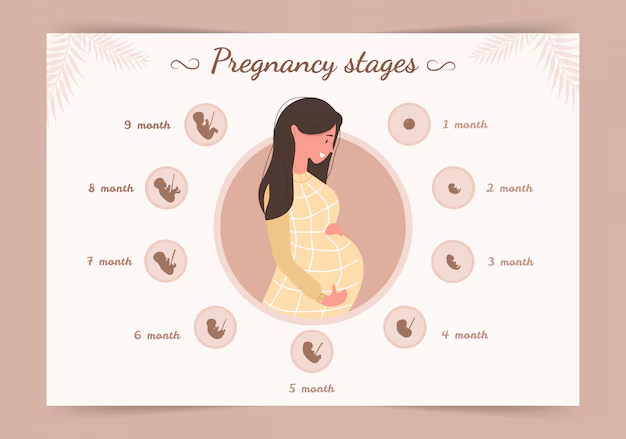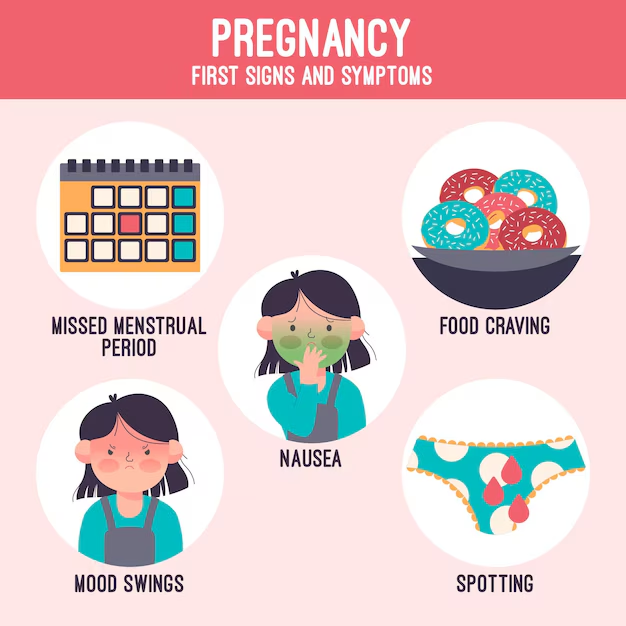How magnesium helps with PMS

Premenstrual Syndrome (PMS) can feel like a storm before the calm—bloating, irritability, cramps, fatigue, and mood swings are just a few of the symptoms that many women experience in the days leading up to their period. While these symptoms are common, they’re not something you have to simply endure. One natural and often overlooked solution lies in a mighty mineral: magnesium.
Let’s explore how magnesium helps with PMS and how you can incorporate it into your daily cycle care.
What is Magnesium and Why is it Important?
Magnesium is an essential mineral that plays a key role in over 300 biochemical reactions in the body. It helps regulate muscle and nerve function, supports a healthy immune system, keeps bones strong, and maintains blood sugar levels.
But here’s what makes magnesium a star during PMS: it directly affects hormonal balance, mood regulation, muscle relaxation, and inflammation—all of which are tied to PMS symptoms.
How Magnesium Helps with PMS Symptoms
1. Reduces Cramps and Muscle Pain
Menstrual cramps are caused by contractions in the uterus triggered by prostaglandins (hormone-like substances). Magnesium acts as a natural muscle relaxant, helping reduce these contractions and ease the pain.
2. Improves Mood and Reduces Anxiety
Magnesium supports the production of serotonin, the “feel-good” brain chemical. Low magnesium levels are linked to mood swings, anxiety, and irritability—common symptoms of PMS. By maintaining magnesium levels, you may feel more emotionally balanced.
3. Reduces Water Retention and Bloating
Magnesium helps regulate fluid balance and reduce water retention, which means less bloating and puffiness before your period.
4. Eases Breast Tenderness
One of the lesser-discussed benefits of magnesium is its ability to reduce breast pain and tenderness, another uncomfortable PMS symptom.
5. Supports Better Sleep
Poor sleep can make PMS worse. Magnesium helps calm the nervous system and regulate melatonin, the hormone that controls sleep, helping you rest better during your cycle.
6. Helps with Headaches and Migraines
Many people who suffer from menstrual migraines have been found to be low in magnesium. Supplementing magnesium may reduce both the frequency and severity of hormonal headaches.
Signs You Might Be Low in Magnesium
-
Cramping or muscle spasms
-
Fatigue
-
Irritability or mood swings
-
Poor sleep
-
Sugar cravings
-
Headaches
If these symptoms appear or intensify around your cycle, magnesium might be the missing link.
Best Food Sources of Magnesium
Incorporating magnesium-rich foods into your diet is a natural way to manage PMS. Try adding:
-
Leafy greens (spinach, kale)
-
Nuts and seeds (almonds, pumpkin seeds, sunflower seeds)
-
Legumes (black beans, chickpeas, lentils)
-
Whole grains (brown rice, quinoa, oats)
-
Bananas
-
Avocados
-
Dark chocolate (yes, in moderation!)
Magnesium Supplements: Should You Consider Them?
If your diet alone isn’t helping, a supplement might be beneficial. Magnesium glycinate and magnesium citrate are often recommended for PMS because they’re gentle on the stomach and highly absorbable. Always consult with a healthcare provider before starting any new supplement, especially if you’re on medication or have other health conditions.
When to Start Taking Magnesium for PMS
For best results, magnesium should be taken consistently throughout the month, not just during your period. Building up your body’s magnesium stores over time provides greater relief when PMS symptoms arise.
Final Thoughts
Magnesium is not a miracle cure, but it’s a powerful ally when it comes to easing the physical and emotional rollercoaster of PMS. By supporting muscle function, hormonal balance, and nervous system health, magnesium helps you feel more in control and less at the mercy of your cycle.
So, the next time PMS comes knocking, consider magnesium—your body will thank you.
Take Care Tip:
Keep a menstrual health journal. Track your symptoms and when you start incorporating magnesium-rich foods or supplements. Noticing positive changes? That’s your body saying, “Thank you!”
Related Articles

Foods that can reduce inflammation

Baby development at 32 weeks

Staying hydrated for skin health

Being okay with saying no

Third Trimester (Weeks 27-40)

Common Symptoms in the First Trimester and How to Manage Them

Organizing baby clothes

The Role of Menstrual Blood in Traditional Medicine